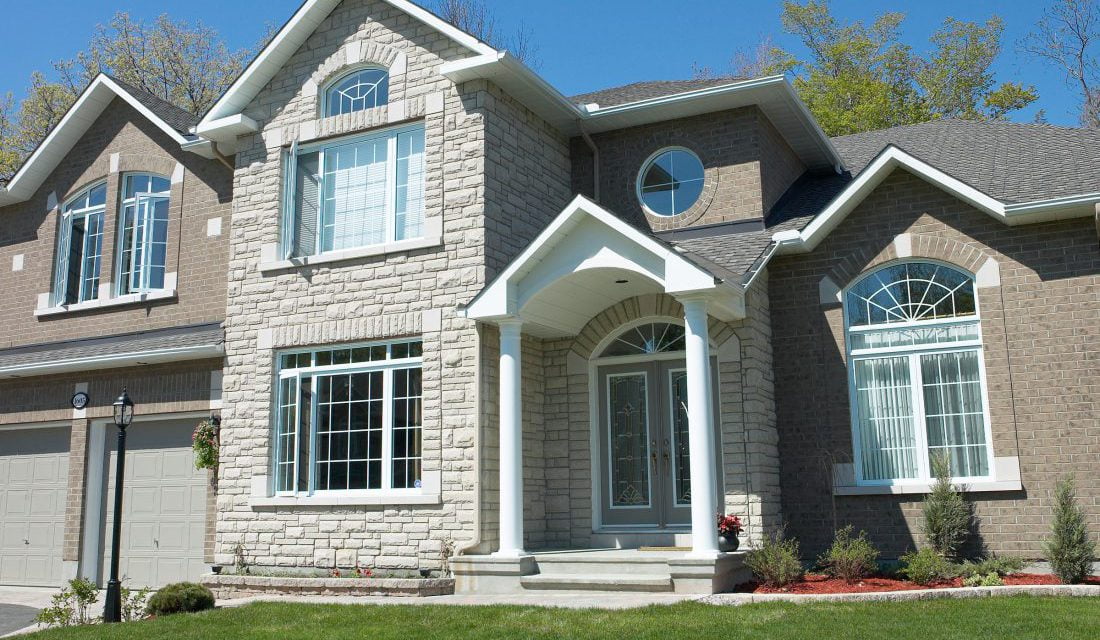A total of 408,255 homes sales have closed thus far in 2012. Home sales were up in the first three quarters of 2012, mainly due to speculator/cash activity.
However, sales are expected to continue their fall as the year ends. first tuesday forecasts 2012 sales volume total will finish 9% higher than the 2011 sales volume total. In turn, 2013 will likely see a roughly 10% increase in sales volume over 2012.
The bumpy recovery pattern continues, albeit slowly tilting upwards. It will be broken only after 18-24 months of sufficient and sustained job growth, ending around 2016. Progress is being made on that front, but January 2013 will give us a better vantage point.
Related articles:
Jobs move real estate
Other key factors controlling California’s housing market follow.
Absentee homebuyers: to hold or to fold?
Absentee homebuyers (speculators, buy-to-let investors and renovation contractors) accounted for 28% of Southern California (SoCal) November sales. This is level with October 2012, and near the February 2012 high of 30%. Absentee homebuyers made up 24% of Bay Area homebuyers in November 2012, slightly up from October 2012 and up from 22% one year earlier.
Cash purchases (mostly speculators) were at a near-record high in November, representing 33% of SoCal sales. This is slightly up from the previous month and up from 30% one year earlier.
28% of Bay Area sales were cash purchases in November 2012. This is down from 30% in October and level with a year ago.
In SoCal, the number of homes which sold more than once in a six-month period increased to 6.2% in November 2012. One year earlier, quick-flips made up 3.7% of all SoCal home sales.
Speculators will remain motivated to buy only so long as home prices continue to rise. Time will tell whether these highly optimistic expectations are to be justified. The likelihood is dimming.
If short-term speculators realize they cannot make as quick a profit as anticipated, they will leave the market. The inventory they leave behind will be consumed primarily by occupying homebuyers. Currently, demand for single family residences (SFRs) by owner-occupant homebuyers is much lower than sales volume.
Jumbo loans: room at the top
Jumbo loans (loans over the old conforming limit of $417,000) accounted for 21% of November 2012 sales in SoCal. This is up slightly from the prior month and up from 15% one year earlier.
Jumbos made up 40% of Bay Area sales. This is up slightly from last month and up from 29% a year earlier.
Jumbo use has risen statewide — particularly in the pricey Bay Area — since 2009. Use continues to rise as high-end property sellers finally abandon their sticky price delusions. Despite this increase, jumbo use and related sales remain far below their peaks in the 2006-2007 Boom.
FHA Loans: phase out has begun
Federal Housing Administration (FHA)-insured loans made up 16% of SoCal mortgage recordings. This is level with last month, and down from 22% one year earlier.
FHA-insured loans made up 17% of Bay Area mortgages in November 2012. This is up from 16% in the previous month and down from 21% in November 2011.
FHA use in SoCal is at its lowest level since late 2008. first tuesday anticipates the percentage of FHA-insured loans will steadily drop through this recovery and hit a bottom around 2018. Higher FHA insurance premiums make conventional loans with private mortgage insurance (PMI) more appealing.
FHA buyer standards have also become stricter in this recovery. Nonetheless, FHA-insured financing remains popular among determined first-time homebuyers with low savings and low credit scores.
Related articles:
FHA, PMI, or neither?
ARMs: holding lenders at bay
Adjustable rate mortgages (ARMs) made up 5.7% of all SoCal mortgages. This is down slightly from October and down from 6.2% a year ago.
ARM use in the Bay Area was at 12% in November. This is level with the prior month and down slightly from one year earlier.
ARM use will remain relatively low until prices rise. Then ARMs will increase as agents push homebuyers to overreach on amenity value.
Re: California November Home Sales from DataQuick


















